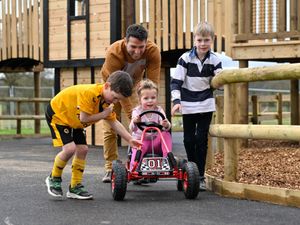An over-arching achievement as £1.2 million Severn Valley Railway viaduct work is completed
It has cost more than £1.2 million and involved countless hours from volunteers and specialist construction workers but vital repairs to a 19th Century viaduct have been completed.
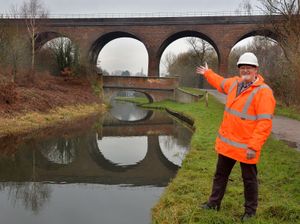
The Falling Sands Viaduct is a vital part of one of the region's most popular visitor attractions – The Severn Valley Railway.
The organisation's own website describes it as "a symbol of the prowess of Victorian engineering and a testament to the skill and determination of those involved in construction and maintenance".
Wear and tear since its construction between 1875 and 1878 however meant significant repairs were required to allow it to stay in use.
The alternative could have eventually seen the stretch of track cut off from the line – an unthinkable situation which would have cut off the railway's base in Kidderminster.
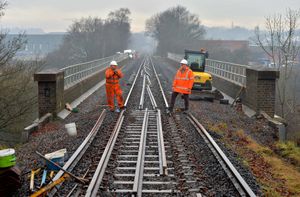
Lesley Carr, head of communications at SVR said: "The viaduct would not have been okay much longer and it was important we took action when we did.
"We had a speed limit in place on the viaduct, which limited our trains on the bridge, the next thing we would have done was to reduce the weight of the trains and that would have required reducing the amount of carriages.
"The next stage would be if we had to close it then we would have had to cut off Kidderminster, which is where most people start their journey – although Bridgnorth is becoming increasingly popular."
In March 2019 SVR received a National Lottery Heritage Fund grant of £853,000.
Donations from individuals, community organisations and businesses, meant £397,000 was added to the grant allowing the work to proceed.
The biggest problem was water making its way through cracks in the viaduct, freezing and expanding and creating bigger cracks and causing more damage.
Work began on restoring the viaduct in December 2019.
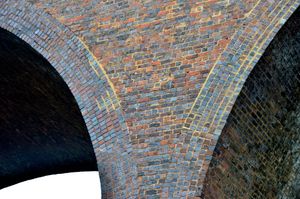
It was a mammoth effort. The track was lifted off the top of the viaduct, the ballast was removed and new concrete poured in – all to create a layer that the water could not penetrate – stopping the damage.
The second phase was to repair the brickwork and restore original features, which began in June last year.
Mrs Carr said the work had been an incredible effort and is vital for the future of the railway – even improving on the work of its original Victorian creators.
She also paid tribute to all those volunteers who had helped complete the work – and had delivered an exhibition about the history of the viaduct, which was part of the lottery grant award.
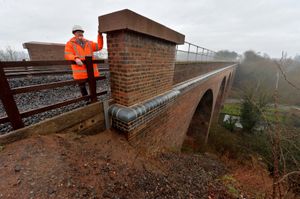
She said: "So many volunteers have been involved in the project in the restoration capacity and the resource capacity and we are very grateful to them.
"They have played a really important part. We have also had specialist contractors in but without the volunteers we would not have been able to do it in the time we have.
"We are very lucky to have such a talented team on board and on call and they have worked tirelessly to make sure this has happened."
The project has not been without hitches – the pandemic and even the presence of bats both impacting on the work.
Mrs Carr said: "We came up against a number of issues in it, not least bats being spotted flying out from one of the arches. We had to bring in Natural England and in the end they issued us a licence which meant we could continue with the work under certain conditions."





